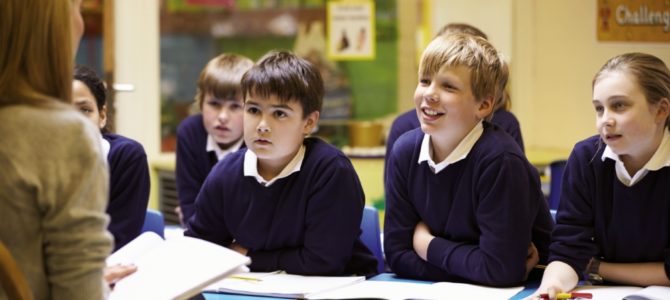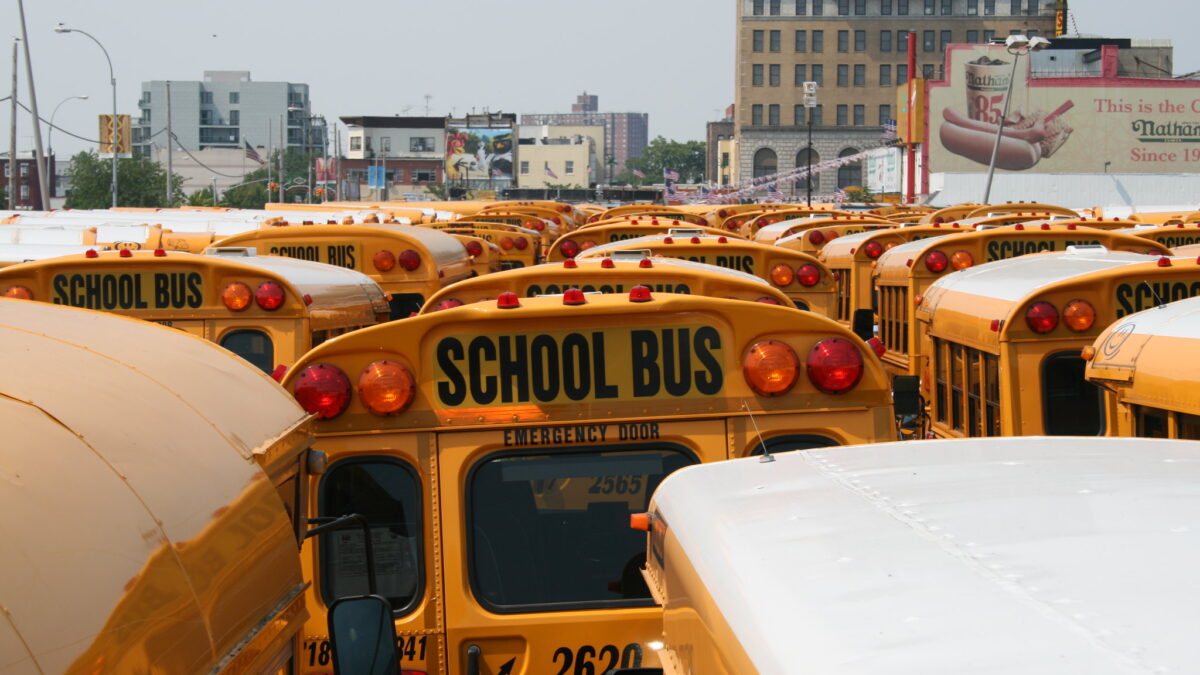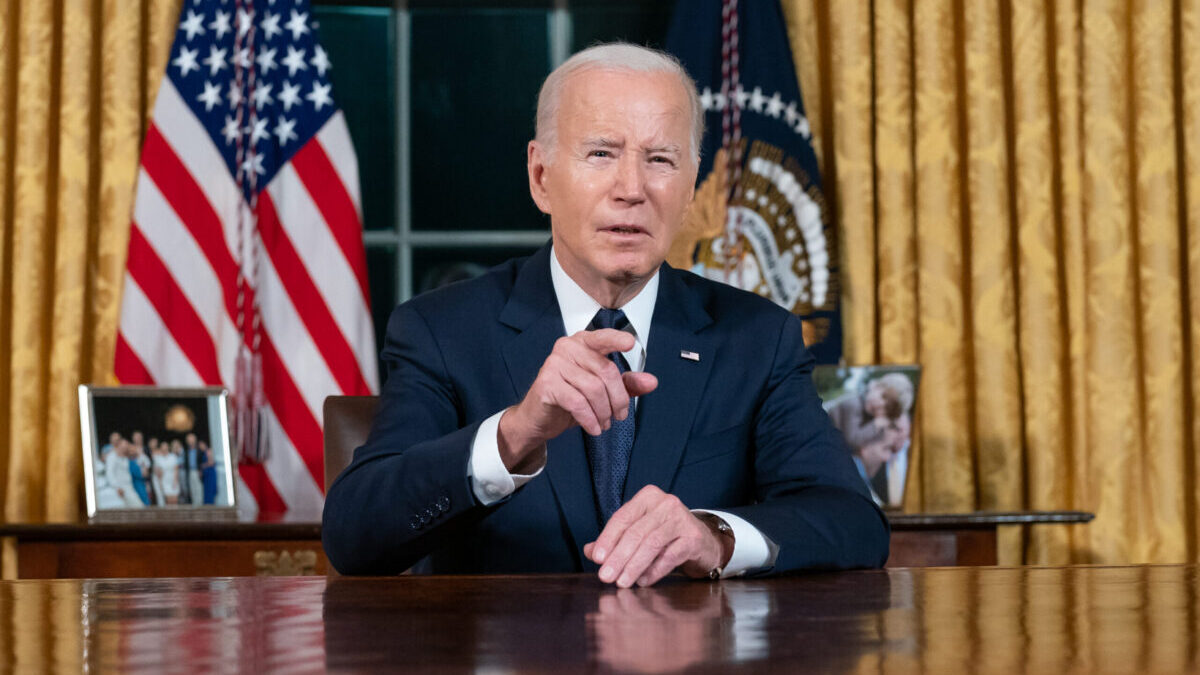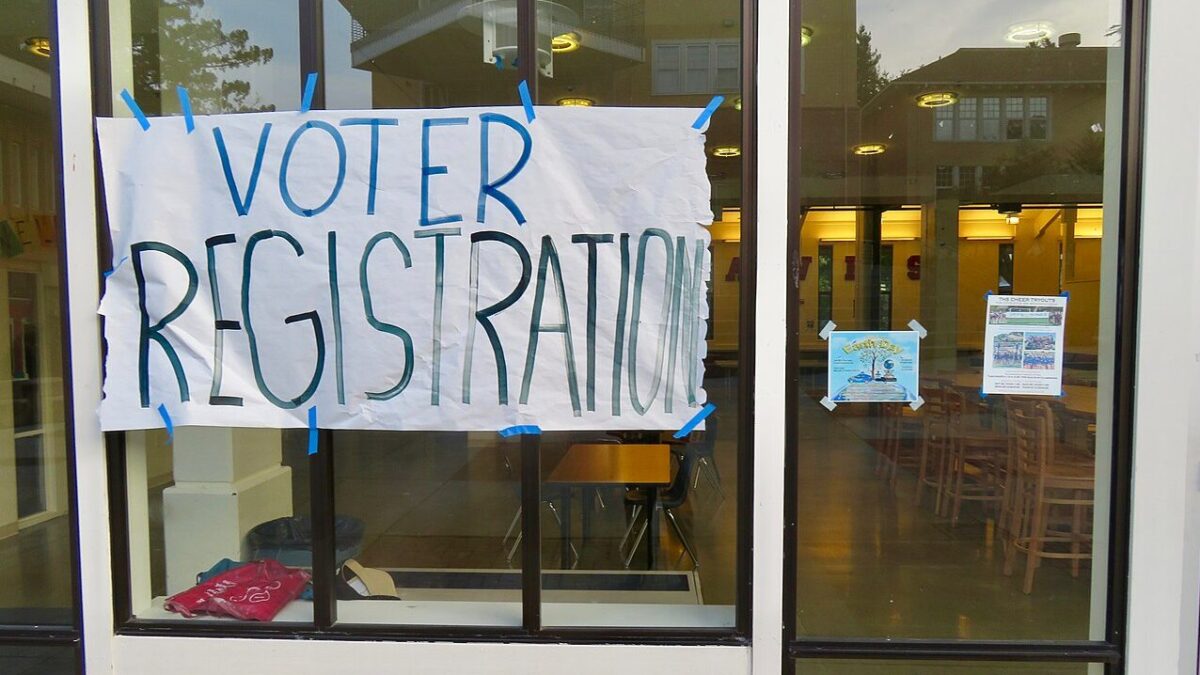
Wistful lefties often say America should become more like Europe. Usually, this means we should have a larger welfare state, higher taxes, socialized health care, and an indifference to religion. But while many on the left support Europe’s “free” college, there has been a curious silence from that quarter about how European nations are dealing with the COVID-19 pandemic in schools.
That is because Europeans sound a lot like Republicans on the subject. Europe’s schools are open, children are learning, and the catastrophes predicted by pandemic scaremongers have not come to pass. This is one time the Europhiles are correct: America should be more like Europe and reopen our schools.
Europhilia among America’s middle-class is often correlated to vacationing there, and even more so to spend a college semester abroad. Having tasted the best of European city life, they wonder why America can’t replicate their youthful adventures. Right away, this gives a slanted view of the Old World. No American vacations in depressed industrial towns in Picardy, any more than any European spends his eight weeks of vacation in Akron. We visit Versailles, not the banlieues.
So, just as when Bernie Sanders talks about Sweden as a socialist country, American Europhiles are in love with an imagined Europe, an ideal, quaint old country where socialist ideas work and everyone is happy and unremarkable. That Sweden, if it ever existed, is long gone. As Johan Norberg wrote for the Cato Institute last year, “Swedish socialists have learned a lesson that socialists in other countries have a very hard time understanding: You can have a big government, or you can make the rich pay for it all. You can’t have both.”
In terms of COVID action, Sweden looked more like South Dakota. They did not lock down with the rest of Europe a year ago, relying instead on voluntary measures and individual responsibility. That spring, they moved high schools and colleges to distance learning but kept elementary schools open. Even that restriction ended on June 15. Swedish kids have been back in school for months now.
The story is the same in other countries of Europe. Denmark closed schools for a month, then reopened them starting with the youngest students. By May, everyone there was back in school. Older students were sent home again temporarily in December 2020, as cases rose in the country, but again, the youngest children remained in their classrooms. Precautions were taken — moving desks apart, requiring hand-washing — but the task of education continued, in person.
French children have also been in school for the entire school year. The New York Times reported late last year that “three months into France’s school year, schools have not become a major driver of infections. Only 7,776 schoolchildren tested positive for the coronavirus last week, or just 0.06 percent of the country’s 12 million schoolchildren, according to figures released by the Education Ministry.” As COVID cases rose again in January, the French government tightened social distancing measures, but pledged schools would remain open.
Were the French just being reckless? No. They followed the results of scientific inquiry, which showed that having children in school — with proper precautions in place — did not significantly increase transmission rates. Moreover, their government understood that there were multiple factors to consider. The Washington Post reported on this as French students returned from their summer recess and quoted Education Minister Jean-Michel Blanquer:
Not everything should be destroyed by the health situation … We must be vigilant, but not forget the educational and social imperatives, nor deviate from our two objectives: improving the educational level of each child and reducing inequalities.
In Germany, schools reopened after a brief shutdown in the spring. They closed down again as the country reentered lockdown in December, but plan to resume in-person instruction next week.
In Italy, which was hard-hit early in the pandemic, schools remained closed for six months, like many school districts in America. They reopened in September but closed again in October. Then, after students protested to be allowed back in, they opened their doors once more in January. You get an idea of just how bad school closures are for children when they protest to demand more school.
In nation after nation of the European Union, students returned to schools far earlier than they have in the United States. These nations are not better vaccinated than ours — the E.U.’s rate is abysmal, just above 5 doses administered per 100 people, compared with 16 per 100 in America.
The issue is also not one of union versus non-union. France also has teachers unions and they also did not want to go back to work. As Sophie Vénétitay, the general secretary of one of France’s largest teachers unions, told the Washington Post, “we don’t think the Education Ministry is very well prepared.”
The difference is that their governments understood these problems, weighed them against the problems caused by keeping kids home, and decided which was the greater risk. That is what responsible leadership looks like. Sometimes — most times — there is no perfect solution to a problem. Everything has a cost. France, Sweden, Denmark, and the rest thought about the choices, examined the evidence, and did the right thing.
School districts in America, especially those in left-leaning areas, have refused to do the same. For once, it is conservatives saying that we should look to Europe. School board members should listen and join the rest of the civilized world in returning our kids to their schools.









